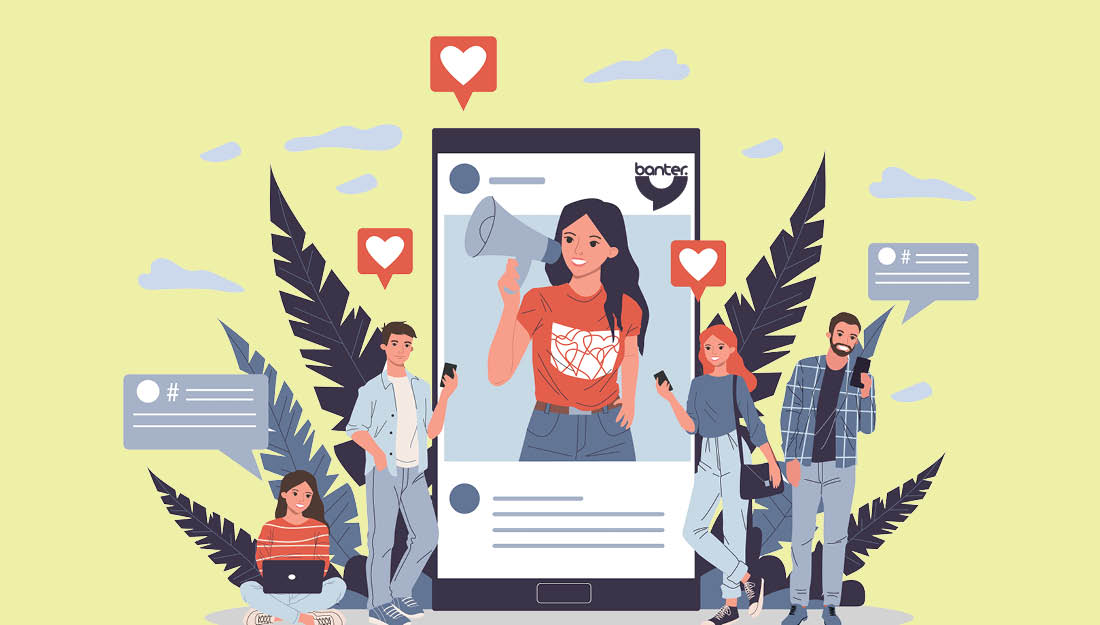In the rapidly evolving world of digital marketing, repurposing influencer content has become a crucial strategy for maximizing reach and engagement. As digital marketers, understanding how to effectively leverage existing content can significantly enhance brand visibility and drive meaningful interactions. This article delves into the art of repurposing influencer content, exploring various techniques and strategies to optimize its use across different platforms.
The concept of repurposing influencer content involves taking original content created by influencers and adapting it for use in different formats or platforms. This approach not only extends the lifespan of the content but also helps in reaching diverse audiences. Let’s explore this concept in more detail and understand how digital marketers can make the most of it.

Understanding Influencer Content
Before diving into the strategies for repurposing, it’s important to understand what constitutes influencer content. Influencers create content that resonates with their followers, often in the form of blog posts, social media updates, videos, and more. This content is typically authentic, engaging, and tailored to the interests of their audience.
The Power of Influencer Content
Influencer content has the power to influence purchasing decisions and build brand credibility. According to a study by McKinsey, influencer marketing can generate 11 times the ROI compared to traditional marketing methods. This highlights the value of incorporating influencer content into broader marketing strategies.
Benefits of Repurposing Influencer Content
Repurposing influencer content offers several benefits:
Increased Reach
By adapting content for different platforms, brands can reach a wider audience. For example, a blog post can be turned into a series of social media posts, each tailored to the specific platforms audience.
Cost-Effectiveness
Creating new content can be time-consuming and costly. Repurposing allows brands to maximize their investment in influencer partnerships by extending the life of existing content.
Enhanced Engagement
Repurposed content can engage audiences in new ways, keeping the brand message fresh and relevant. This helps maintain audience interest and fosters stronger connections.
Strategies for Repurposing Influencer Content
Transforming Blog Posts into Visual Content
One effective strategy is to convert detailed blog posts into visually appealing infographics or slide decks. These formats are highly shareable on platforms like Pinterest and LinkedIn, reaching audiences who prefer visual content.
Creating Social Media Snippets
Extract key insights or quotes from influencer content and create eye-catching social media posts. This not only drives engagement but also encourages followers to explore the full content.
Developing Video Content
Videos are one of the most engaging content formats. Brands can collaborate with influencers to create short video clips or tutorials based on existing content, which can be shared on platforms like Instagram, TikTok, and YouTube.
Tools for Efficient Repurposing
Several tools can aid in the process of repurposing content:
Canva
Canva is a user-friendly design tool that allows marketers to create visually appealing graphics using templates. It’s perfect for creating infographics and social media visuals.
Lumen5
Lumen5 is a video creation tool that transforms text content into engaging video clips. This is ideal for repurposing blog posts or articles into videos.
Case Studies of Successful Repurposing
Brands like Nike and Starbucks have mastered the art of repurposing influencer content. By consistently adapting and resharing content, they maintain strong engagement and brand loyalty.
Nike’s Social Media Campaigns
Nike frequently collaborates with athletes and influencers to create content that is later repurposed into motivational quotes, videos, and stories across their social media channels.
Starbucks’ Seasonal Promotions
Starbucks effectively uses influencer content to promote seasonal products. They repurpose influencer-generated content into email campaigns, social media ads, and in-store displays.
Challenges and Solutions
While repurposing offers many benefits, it also presents challenges:
Maintaining Authenticity
It’s crucial to retain the authenticity of influencer content during repurposing. Brands should ensure that the original message and tone are preserved in the new format.
Avoiding Over-Saturation
Repurposing should be done strategically to avoid overwhelming audiences with repetitive content. Brands should focus on quality over quantity.
Measuring Success
Tracking the success of repurposed content is essential. Key performance indicators (KPIs) include engagement rates, reach, and conversion metrics. For more on how to track performance, read Metrics to Track.

FAQ
What is the main purpose of repurposing influencer content?
The main purpose is to maximize the reach and impact of influencer content by adapting it for different platforms and audience preferences.
What are some common formats for repurposed content?
Common formats include infographics, social media snippets, videos, and email newsletters.
How can brands ensure the authenticity of repurposed content?
Brands can maintain authenticity by preserving the original message and tone, and by collaborating closely with influencers during the repurposing process.






